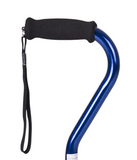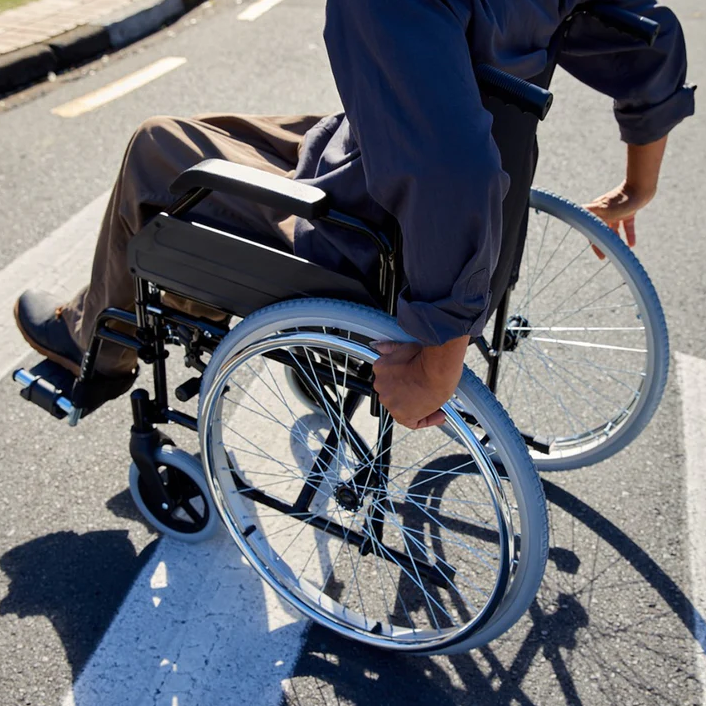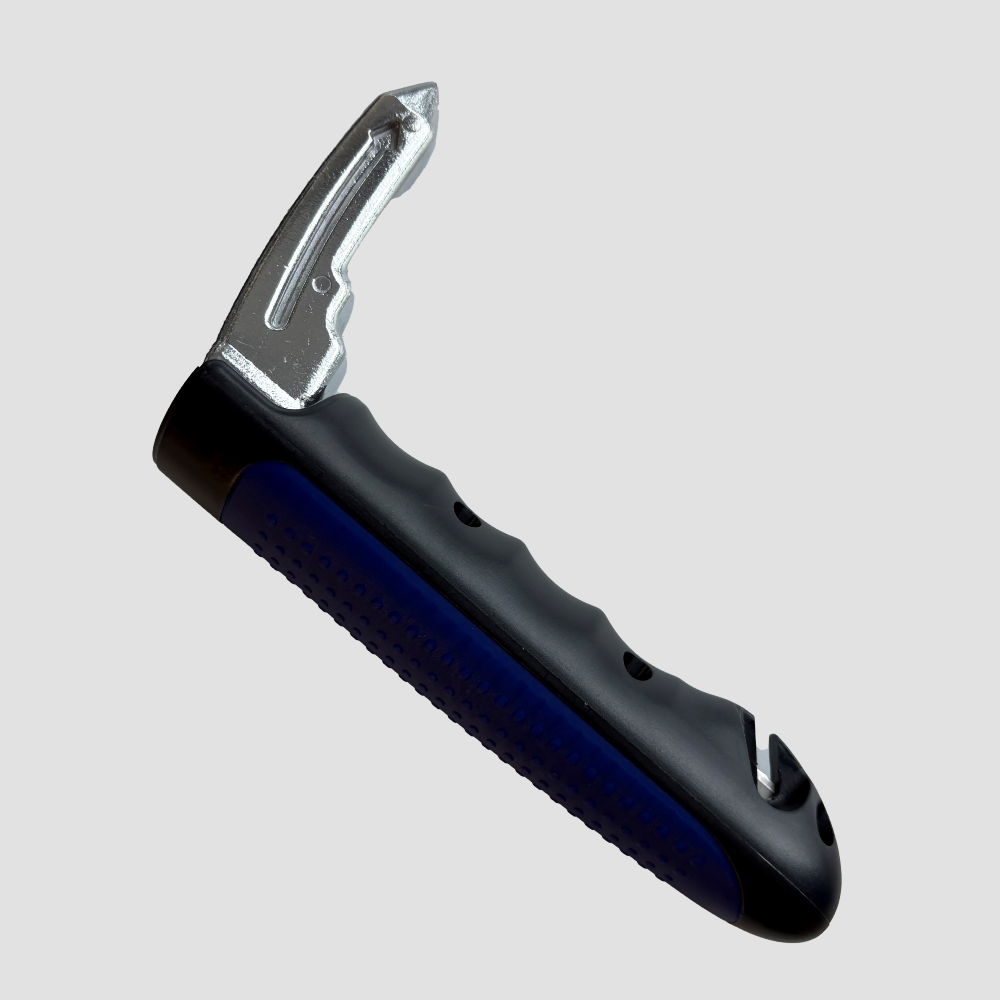There are many walking sticks on the market; they come in different shapes, sizes and materials, but what do they all do and which one will be the right solution for you?
What are walking sticks used for?
Walking sticks are used for a wide range of situations including to improve balance, extra support, rehab, walking distance or to take the pressure off one of your legs.
Selecting the correct walking stick
Everyone is different and will need a particular walking stick to suit their specific needs and requirements; there are many kinds of walking sticks, including adjustable, folding, wooden, and aluminium. Each walking stick has its benefits and disadvantages so it's important to do your own research or to speak to a medical professional before purchasing a walking stick.
Types of walking stick handles
T handle

They are found on both folding and standard walking sticks. Because of its shape, it allows the user to wrap their thumb around the front of the stick and the back of the grip, which allows the hand to rest comfortably.
Crook handle

They are easy to hang on furniture, hooks around the home and your arm on the go. The handle can be challenging for those with hand pain or discomfort and is not ideal if you need to place much weight on the stick.
Swan neck

Swan neck handle walking sticks are excellent for people with a minor walking impairment. The handle is placed directly over the rubber tip to increase the stability of this type of walking stick.
Consort handle

Consort handles are designed to provide the user with a comfortable grip and can help reduce hand pain during prolonged use. This is because the ergonomic grip fits the shape of the hand better than standard walking sticks.
Fischer handle

Fischer handles are great for evenly distributing pressure across the hand; they are excellent if you are experiencing reduced strength when gripping objects.
Types of sticks
Adjustable
Perfect for adjusting the height to suit your needs.
Folding
Perfect for taking it on the go and storing away.
Fixed
Are made to suit a specific height of person, however they can be cut to suit the persons height.
Types of walking stick feet
Single support

Provides the standard stability benefits and comes on most walking sticks.
Stability support

Offers extra support and stability compared to single supports, is generally an attachment put onto the walking sticks which allows for users to leave their walking stick standing up instead of laying it down and picking it up again.
Quad support

Offers a great level of stability due to the 4 contact points, needs to be used on a flat surface to benefit the user and be careful of getting it caught on furniture or stairs.
How to select the right size walking stick
Ensure the lowest point of the handle meets the intersection of your wrist joint; when gripping the walking stick, your elbow should be slightly bent.
How to use a walking stick
Walking sticks are generally used on the opposite side of the leg that is causing discomfort. However, everyone is different, and it comes down to the user's preference at the time. Think of it acting as a spare leg while your other one gets better.
Things to watch out for when using your walking stick
- Uneven surfaces
- Stones
- Slippery surfaces
- Cracks or holes in the ground
*This guide is opinion based and should not to be used as medical advice. Please consult with a medical professional before purchasing products from our store as they know best.
Need assistance with products or have any questions?
Our team of specialists are here to help, talk to one of our friendly team members by calling us on 0800 213 313.






